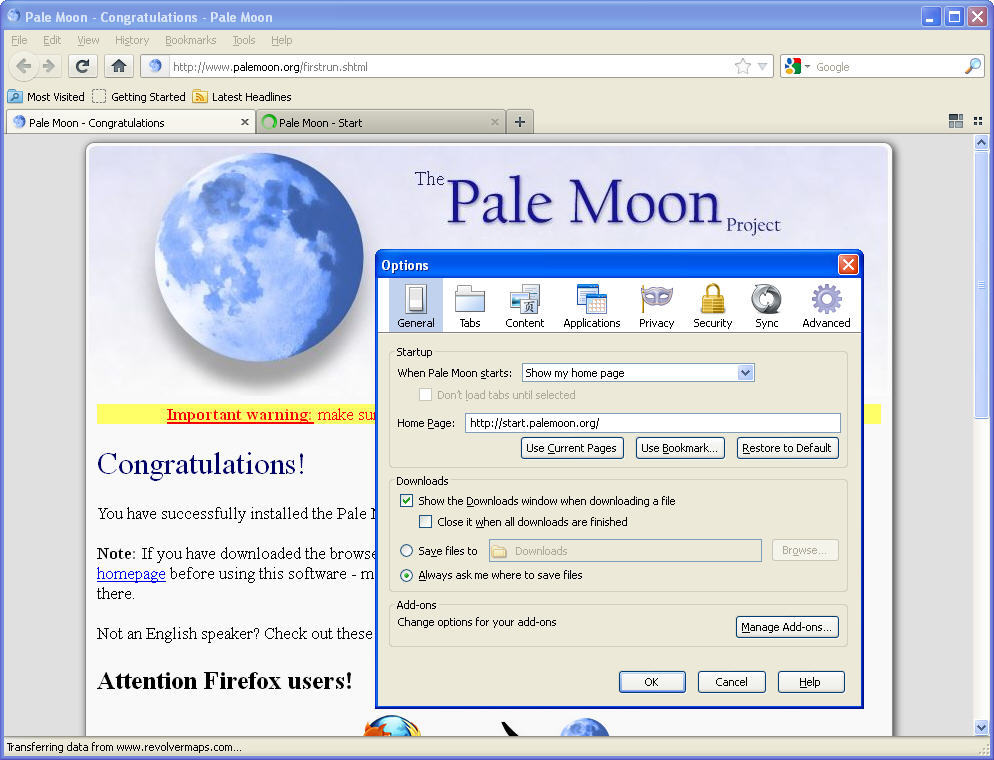

#Quickmap moon download professional
Much of this data has not been systematically used by professional scientists, simply because there are not enough professionals and too much data! There is thus a great opportunity here for amateurs prepared to familiarise them-selves with the datasets.įigure 1. The earliest such datasets took the form of high-resolution imagery returned by the Lunar Orbiter and Apollo missions of the 1960s and 1970s, but recently we have seen the release of a wonderful new resource that allows us to access and manipulate imagery and data derived primarily from NASA’s Lunar Reconnaissance Orbiter vehicle. The truth is just the opposite: spacecraft datasets, freely available via the internet, have provided powerful new suites of tools that the amateur can use to supplement his or her observations. There are those who would argue that the ever-increasing flow of lunar data from spacecraft has effectively rendered the telescopic lunar observer redundant. “ An up to date tutorial on the latest Quickmap has subsequently been published and can be found here.” Res., 115, E02002, doi:10.1029/2009JE003427.2017 February 2 Introducing QUICKMAP – an invaluable resource for the lunar observer McKay (2010), Mineralogical and chemical characterization of lunar highland soils: Insights into the space weathering of soils on airless bodies, J.

Honda and the LISM team (2008), Performance and scientific objectives of the SELENE (KAGUYA) Multiband Imager, Earth Planets Space, 60, 257-264. Green (2013), One Moon, Many Measurements 3: Spectral reflectance, Icarus, Volume 226, Issue 1, 364–374. Taylor (2015), Lunar central peak mineralogy and iron content using the Kaguya Multiband Imager: Reassessment of the compositional structure of the lunar crust, J. Ohtake, 2016, Global map products from the Kaguya Multiband Imager at 512 ppd: Minerals, FeO and OMAT, 47th LPSC, abs. (2019) The compositions of the lunar crust and upper mantle: Spectral analysis of the inner rings of lunar impact basins, Planetary and Space Science, 165, 230-243. P.G., Miljkovic, K., Gaddis, L.R., Hare, T., and Ohtake, M. (recommended citation) Lemelin, M., Lucey. PDS4 labels for all images are in the works.įor usage rights, please refer to the JAXA Conditions for material usage page ( ) and please credit JAXA and the SELENE/Kaguya data. Mosaics are available in GeoTiff and the MI mineral maps also have PDS3 and ISIS3 headers.

Preparation details and information on limitations of these products will be presented in a future publication (in review).Īll mosaic presented here have been resampled to 512 ppd (59 meters/pixel) or 128ppd ( 237 meters/pixel) from its original resolution of 2048 ppd (15 meters/pixel). These products (listed below) are available at 512ppd (pixel/degree) or 59mp (meters/pixel), covering the latitude range of +/-50 degrees due to the difficulty of applying adequate corrections for topographic shading at higher latitudes. These MI multispectral images have also been used to derive 9 new maps of the four common lunar minerals using Hapke’s radiative transfer equations, FeO, OMAT, submicroscopic iron, the plagioclase grains size, and the weighted criteria calculated to identify the best spectral match between each Multiband Imager spectrum and a spectral library (Lemelin et al., 2018). These mosaics are available at 512ppd (pixel/degree) or 59mp (meters/pixel), covering the latitude range of +/-65 degrees from this URL: (2013), and corresponds to the MAP processing level version 2 (MI_MAP_02) described in Kaguya (SELENE) Product Format Description – Lunar Imager/Spectrometer (LISM (TC/MI/SP)) / SPICE Kernel, version 1.3 (2010). The reflectance has been corrected for the shading effects of topography by the SELENE team, as explained in Ohtake et al.
#Quickmap moon download archive
The mosaics were created from topographically-corrected MI reflectance data acquired by the JAXA SELENE/Kaguya mission (see Ohtake et al., 2013) from the Kaguya Archive MI MAP processing level version 2 (MI MAP_02) products. This page introduces the Kaguya Multiband Imager derived spectral and derived mineral maps by the Japan Aerospace Exploration Agency (JAXA) and the University of Hawaii.


 0 kommentar(er)
0 kommentar(er)
